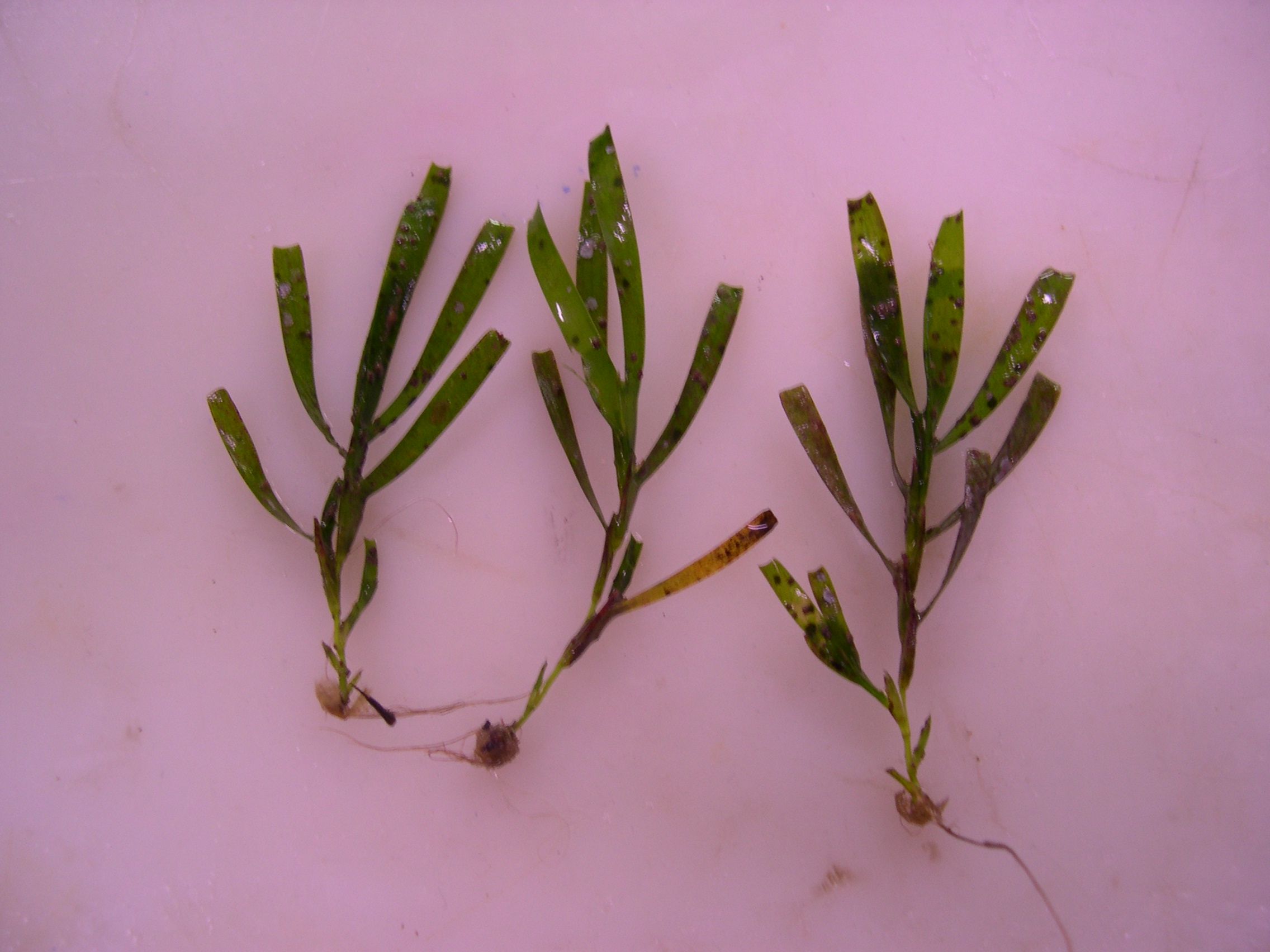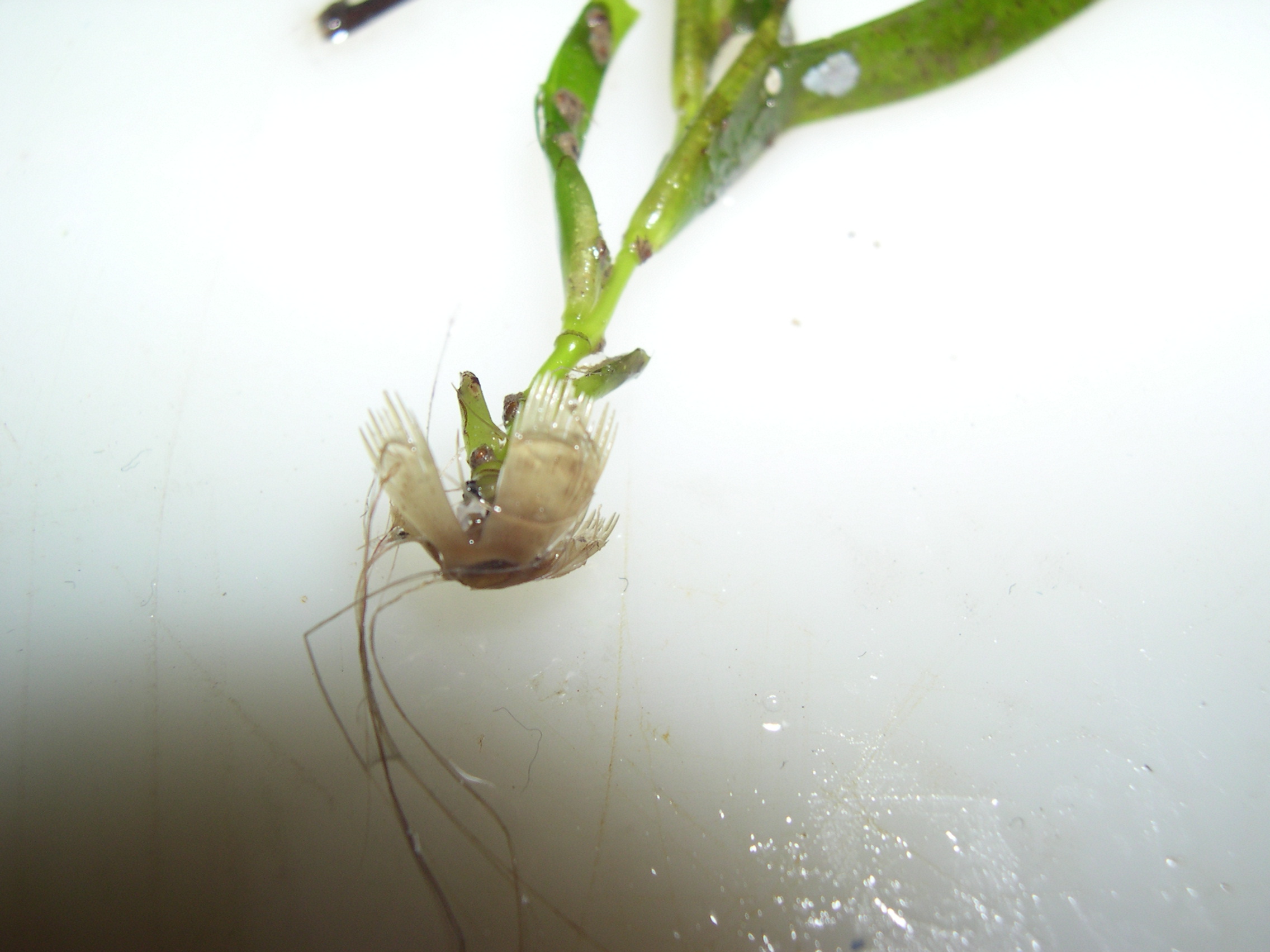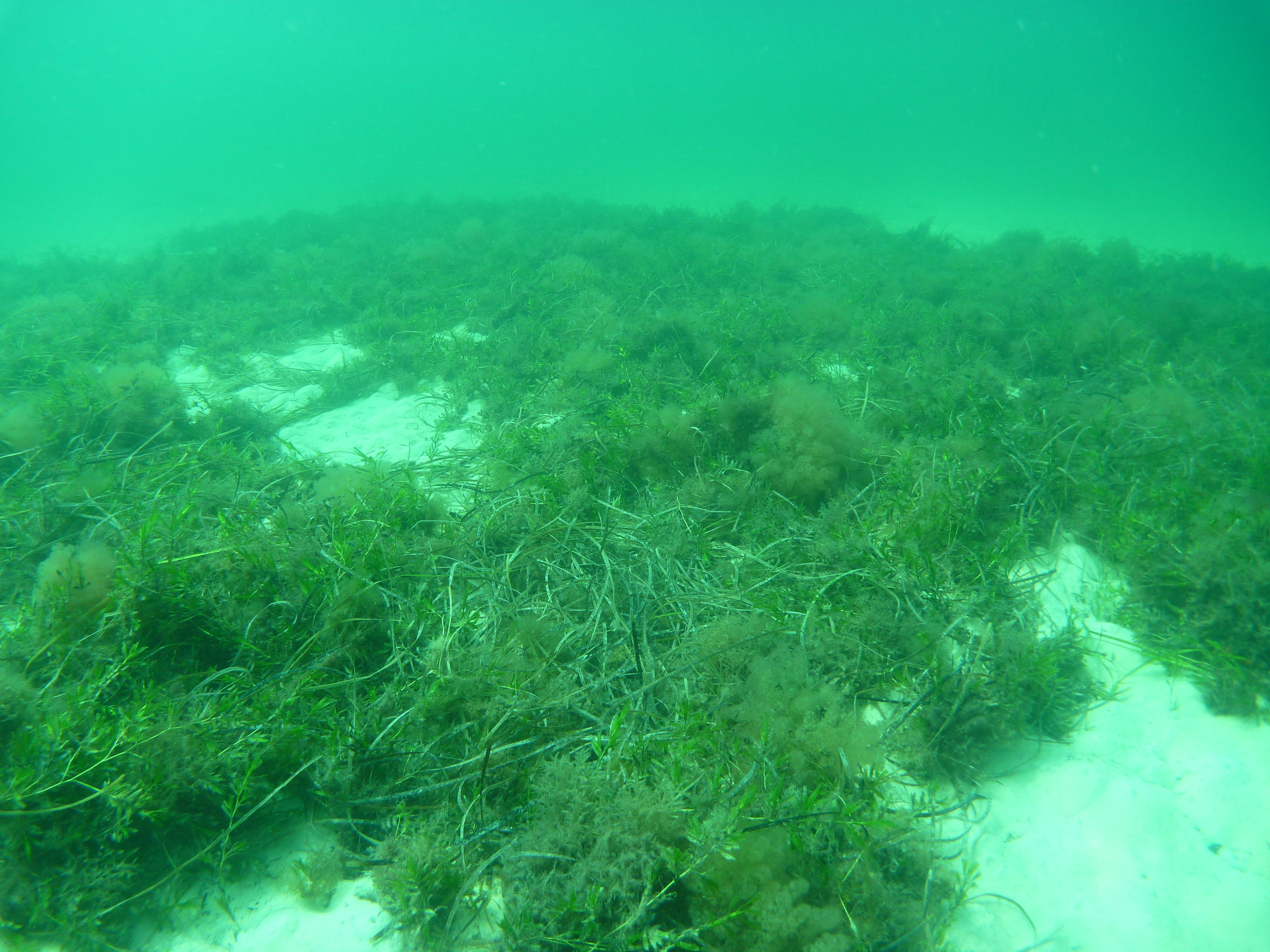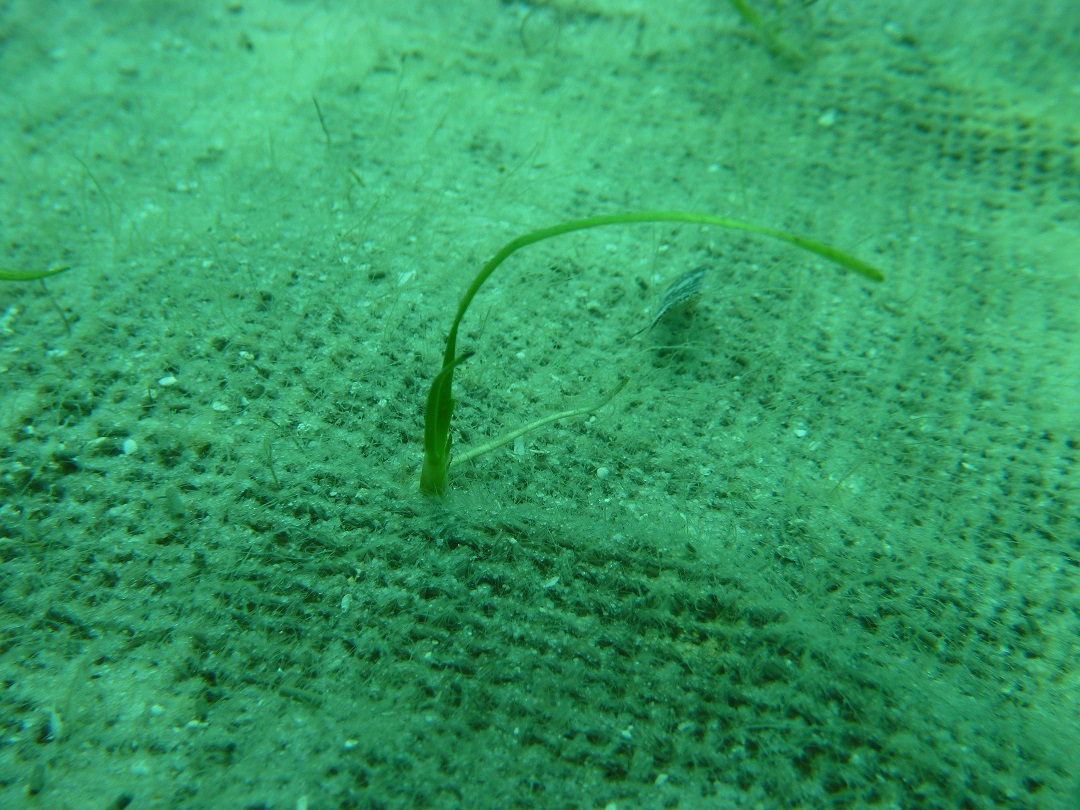AMPHIBOLIS RECOVERY IN SA
Facilitating natural recruitment to restore seagrass
Jason Tanner
SOUTH AUSTRALIAN RESEARCH AND DEVELOPMENT INSTITUTE AQUATIC SCIENCES
Since 1949, there has been a loss of 6,200 ha of seagrass from the Adelaide coast, primarily due to overgrowth by epiphytic algae that thrived as a result of anthropogenic nutrient inputs, and turbidity. In response to these losses, and efforts by both SA Water and the Adelaide and Mount Lofty Ranges Natural Resources Management Board to substantially decrease nutrient and sediment inputs, the South Australian Research and Development Institute, a division of Primary Industries and Regions SA, and the Department of Environment, Water and Natural Resources, held a series of seagrass restoration workshops, and began investigating approaches for seagrass restoration.
Initial efforts focused on adapting techniques used elsewhere, namely transplantation and the laboratory production of seedlings, however, success was limited. Observations during these trials suggested that the use of hessian to facilitate natural recruitment of Amphibolis seedlings may work. Subsequent work trialed a range of different deployment options in 2004, with a standard hessian sack filled with around 20 kg of sand being selected for most subsequent work. This bag can simply be dropped off a boat, and does not require any further manipulation by divers, making it easy and cheap to deploy.
An issue with early trials was uncertainty around the best time of year to deploy bags to maximise recruitment. Anecdotal evidence suggested late winter/early spring. In 2007-2013, a concerted effort to identify the timing of reproduction and recruitment was made, with bimonthly deployments of bags and collection of adult plants at four sites. May to August was the best period for bag deployment to maximise recruitment success, and Amphibolis structural characteristics (stem density and length) were similar to those in natural meadows five years after bag deployment. Interannual variation in recruitment was present, but relatively minor. Early deployments that had started to coalesce into larger patches in 2013 have now formed several larger patches where the locations of individual bags can no longer be distinguished.
One of the issues experienced has been the rapid deterioration of some batches of bags. To address this, a series of trials were undertaken with Flinders University to develop coatings that would increase their durability. While these trials showed some promising results, the logistics and costs associated with treating bags meant that this approach was not pursued further.
Not only do the bags provide a mechanism for the successful facilitation of Amphibolis recruitment, but the resultant Amphibolis patches appear to be providing a similar ecosystem function to natural seagrasses. Epifaunal richness and abundance reached that present in natural seagrasses one year after Amphibolis recruitment, although assemblage structure took three years, the same time as seagrass structure took to recover. Infaunal assemblages recovered within two years. Both Zostera and Posidonia seagrasses have recruited into patches of restored Amphibolis, and larger fauna such as syngnathids also utilise the restored habitat.
To extend the applicability of the technique to other seagrasses, trials were also conducted with Posidonia. Due to the different life-history strategy and morphology of the two genera, Posidonia had to be planted into the bags as seedlings by divers, as they do not naturally recruit to them. Seedlings planted in 2012 survived and grew well over the subsequent four years, and have produced multiple shoots.
Overall, sand filled hessian bags deployed at small-scales during winter are an effective means for rehabilitating patches of Amphibolis with minimal intervention, provided that there is a nearby source of recruits. Small-scale patches now appear to be functioning the same as nearby natural meadows. The focus now is on a series of one hectare scale trials, as well as examining how the handling of bags prior to deployment may affect their integrity.
Reference
Tanner JE, Theil MJ (2016) Adelaide Seagrass Rehabilitation Project: 2014-2016. Final report prepared for the Adelaide and Mount Lofty Ranges Natural Resources Management Board (PDF 2.6 MB). South Australian Research and Development Institute (Aquatic Sciences), Adelaide. SARDI Publication No. F2009/000210-2. SARDI Research Report Series No. 914. 43pp.






